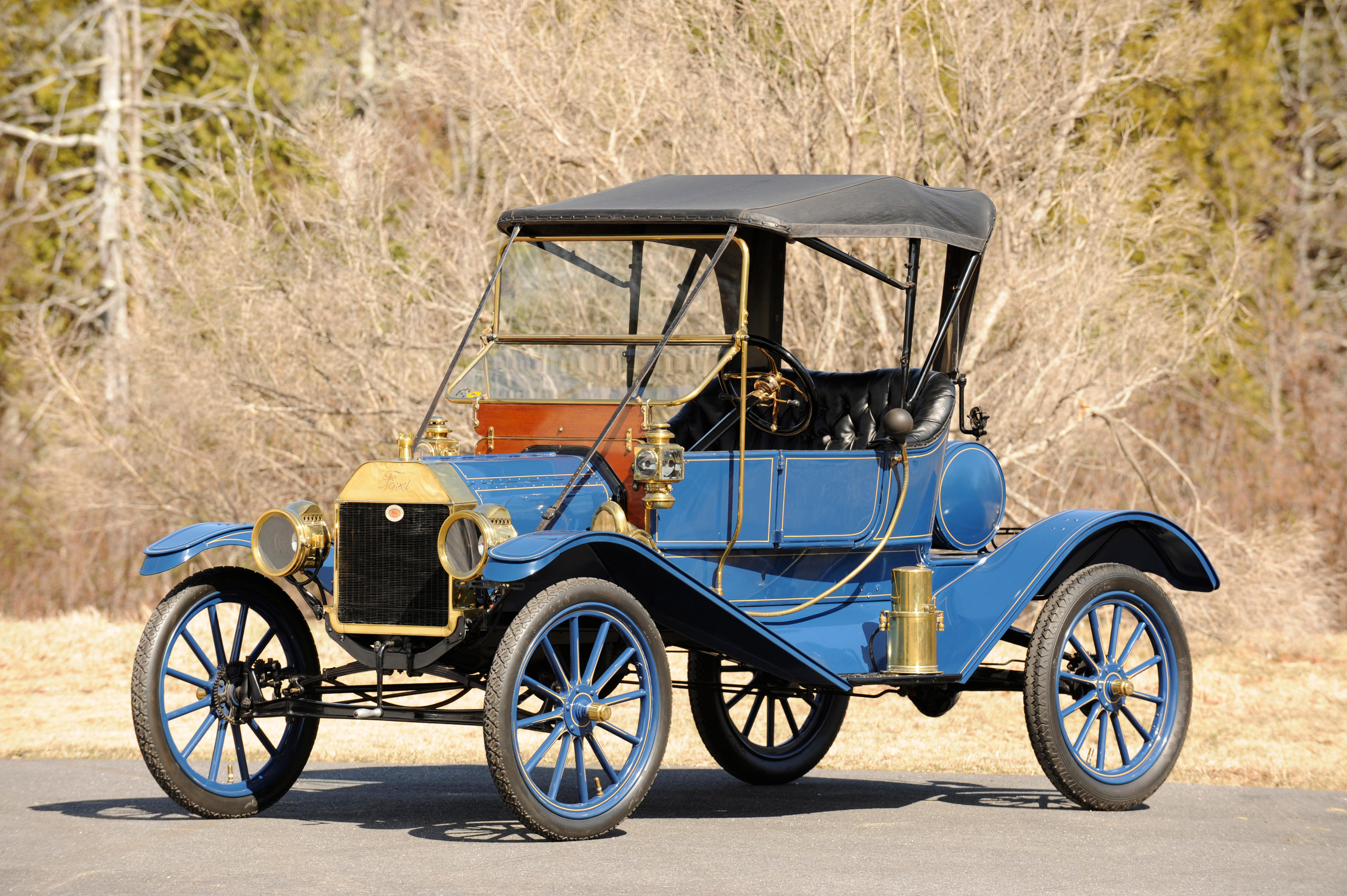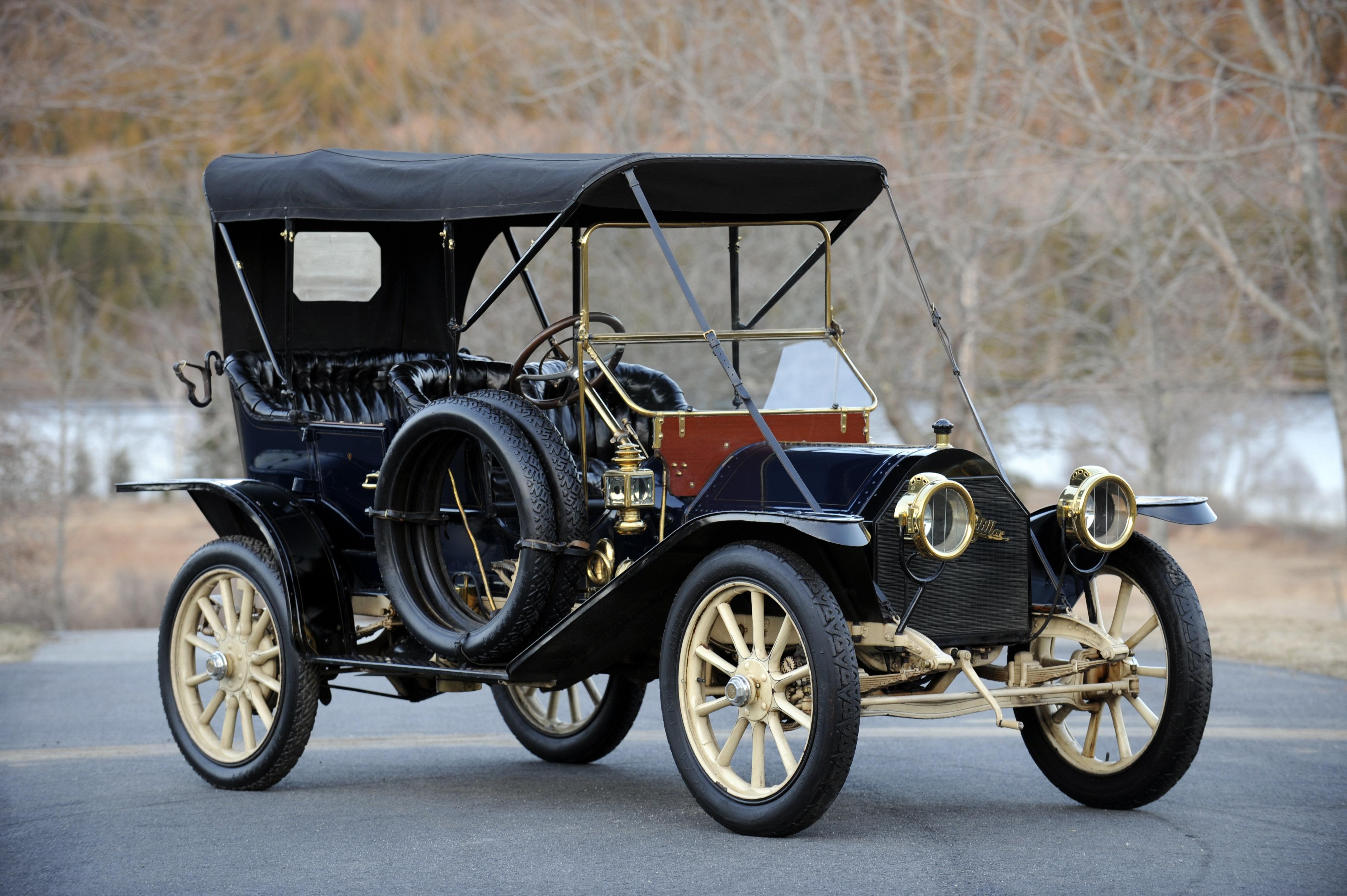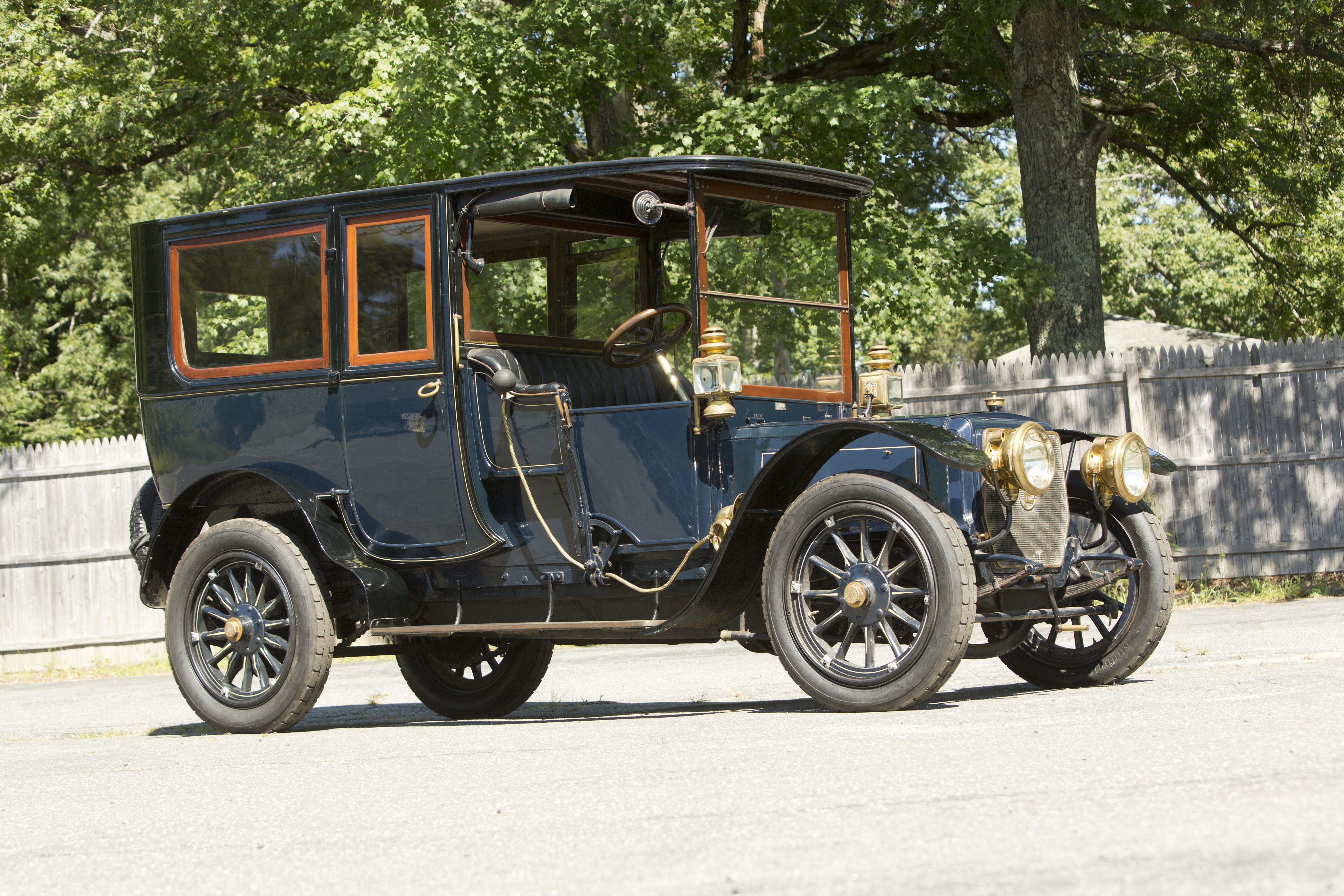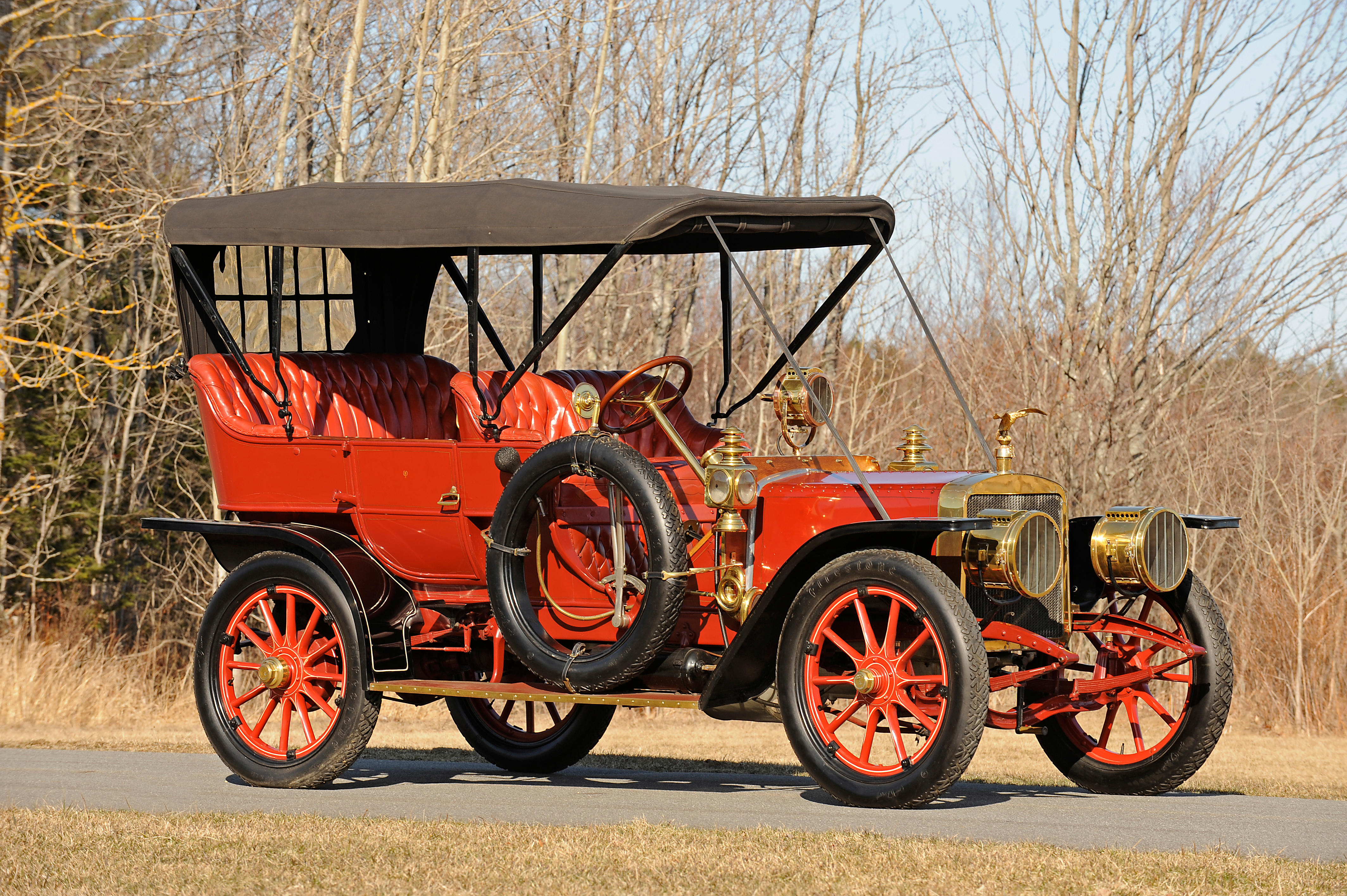By 1915 Packard Motor Car Company had firmly established its reputation as the maker of one of the world's finest motorcars. The company had produced a string of finely engineered and well-constructed models since its inception in 1899. Originally founded in Warren, Ohio, the company blossomed when it moved to Detroit, Michigan in 1905. For 1905, Packard found its identity as it moved away from one and two-cylinder mid-engine machines toward more refined four–cylinder offerings. With the exception of a brief offering of the highly complex Model K, the new four-cylinder cars were well received and capable. In 1907, the company hit the peak of its four-cylinder product when the Model 30 was introduced. The 30 had a legendary combination of power, smoothness, nimble handling, and looks that defy its numbers on paper. While not the biggest or most powerful of the era, there is something close to perfection about these Packards. While many of Packard's competitors peaked technologically in the 1909-11 period. Simplex, Thomas, and Lozier were all great cars of this period that never progressed technologically beyond this time period. Packard would continue to develop its products aggressively, often taking substantial risks to do so. Despite the great performance of the Model 30, Packard pushed on with a new six-cylinder car for 1912. The first Packard six would be known initially as just that -- the Six, later taking "the 48" as its name. A magnificent automobile in every respect, it truly was America's Silver Ghost. Today, 48s remain rare and exclusive and are somewhat lesser known than their competitors of the day. The smaller but still nice looking 38 would join the 48 in the following year. Packard, always looking to push things forward, began work on its most ambitious project to date. Under the capable leadership of the brilliant engineer Jesse Vincent, a plan to produce a twelve-cylinder automobile was hatched. Packard would harness their experience gained in building v-type aircraft and marine engines. The challenges of producing such an engine at the time were enormous. If successful, the twelve-cylinder engine would clearly place Packard at the forefront of the world's auto manufacturers. By late 1915, production began on the model christened the "Twin Six." The name brought to mind Packard's six-cylinder experience and success. The resulting engine was a triumph. The smoothness, power, and flexibility were unheard of at the time. Those who were experienced with driving more conventional cars of the era were shocked by the smooth power and free-revving quality of these engines. Enzo Ferrari was so impressed with the smoothness of the Twin Six engine that he used it as inspiration for his own V-12 engines years later. The motor was mounted in a chassis that was an evolution of Packard's previous models. The great performance of these cars did not warrant a major redesign for the Twin Six. The engine drove through the venerable and smooth shifting three-speed transaxle. One of Packard's greatest features was its exceptional in-house coachwork. Packard's deep pool of in-house stylists had developed an extensive range of handsome bodywork to adorn their new flagship model. Unlike coachbuilt cars of the period, Packard had the ability to unify the styling of the whole car. A Packard hallmark well into the classic period, the Twin Six was equipped with some of the most finely styled "jewelry" of the day. Every light, bezel, and gauge was carefully designed for this new model. The form of the Packard radiator shell was repeated in the headlights, speedometer, and taillight. This car is a true survivor. In an era of cars being restored to look original, this is truly the real thing. It has spent most of its life in Bar Harbor, Maine, where it served as summer transport for its residents. Its light use is reflected in its incredibly low mileage of less than 16,000. The car was purchased from the original family's care by the legen
By 1915 Packard Motor Car Company had firmly established its reputation as the maker of one of the world's finest motorcars. The company had produced a string of finely engineered and well-constructed models since its inception in 1899. Originally founded in Warren, Ohio, the company blossomed when it moved to Detroit, Michigan in 1905. For 1905, Packard found its identity as it moved away from one and two-cylinder mid-engine machines toward more refined four–cylinder offerings. With the exception of a brief offering of the highly complex Model K, the new four-cylinder cars were well received and capable. In 1907, the company hit the peak of its four-cylinder product when the Model 30 was introduced. The 30 had a legendary combination of power, smoothness, nimble handling, and looks that defy its numbers on paper. While not the biggest or most powerful of the era, there is something close to perfection about these Packards. While many of Packard's competitors peaked technologically in the 1909-11 period. Simplex, Thomas, and Lozier were all great cars of this period that never progressed technologically beyond this time period. Packard would continue to develop its products aggressively, often taking substantial risks to do so. Despite the great performance of the Model 30, Packard pushed on with a new six-cylinder car for 1912. The first Packard six would be known initially as just that -- the Six, later taking "the 48" as its name. A magnificent automobile in every respect, it truly was America's Silver Ghost. Today, 48s remain rare and exclusive and are somewhat lesser known than their competitors of the day. The smaller but still nice looking 38 would join the 48 in the following year. Packard, always looking to push things forward, began work on its most ambitious project to date. Under the capable leadership of the brilliant engineer Jesse Vincent, a plan to produce a twelve-cylinder automobile was hatched. Packard would harness their experience gained in building v-type aircraft and marine engines. The challenges of producing such an engine at the time were enormous. If successful, the twelve-cylinder engine would clearly place Packard at the forefront of the world's auto manufacturers. By late 1915, production began on the model christened the "Twin Six." The name brought to mind Packard's six-cylinder experience and success. The resulting engine was a triumph. The smoothness, power, and flexibility were unheard of at the time. Those who were experienced with driving more conventional cars of the era were shocked by the smooth power and free-revving quality of these engines. Enzo Ferrari was so impressed with the smoothness of the Twin Six engine that he used it as inspiration for his own V-12 engines years later. The motor was mounted in a chassis that was an evolution of Packard's previous models. The great performance of these cars did not warrant a major redesign for the Twin Six. The engine drove through the venerable and smooth shifting three-speed transaxle. One of Packard's greatest features was its exceptional in-house coachwork. Packard's deep pool of in-house stylists had developed an extensive range of handsome bodywork to adorn their new flagship model. Unlike coachbuilt cars of the period, Packard had the ability to unify the styling of the whole car. A Packard hallmark well into the classic period, the Twin Six was equipped with some of the most finely styled "jewelry" of the day. Every light, bezel, and gauge was carefully designed for this new model. The form of the Packard radiator shell was repeated in the headlights, speedometer, and taillight. This car is a true survivor. In an era of cars being restored to look original, this is truly the real thing. It has spent most of its life in Bar Harbor, Maine, where it served as summer transport for its residents. Its light use is reflected in its incredibly low mileage of less than 16,000. The car was purchased from the original family's care by the legen










Try LotSearch and its premium features for 7 days - without any costs!
Be notified automatically about new items in upcoming auctions.
Create an alert